Mastering the Art of Rendering Landscape for 3D Artists

3D agora
September 4th, 2024

Landscape rendering has become an essential skill for 3D artists, allowing them to bring outdoor spaces to life with stunning realism. Whether you’re working on landscape architecture projects, designing intricate gardens, or creating vast natural environments for games and films, the ability to render landscape effectively can make or break your project. In this comprehensive guide, we will explore the intricacies of landscape rendering, focusing on key techniques, tools, and processes that 3D artists can use to enhance their work.
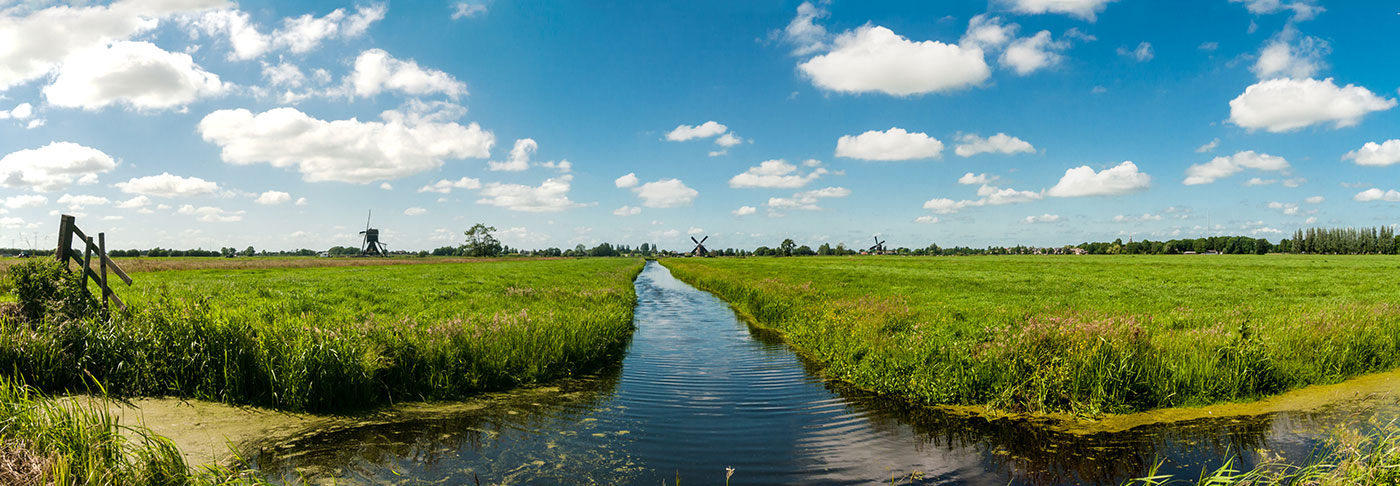 Image by Beeldbewerking, iStock
Image by Beeldbewerking, iStock
The Essence of Landscape Rendering
Understanding Landscape Architecture Rendering
Landscape architecture rendering is the process of creating visual representations of landscape designs using 3D software. Visualizing the outdoor space is crucial in landscape architecture rendering as it helps convey design ideas and allows clients to envision the finished product. These renderings help landscape architects, designers, and clients visualize the final result of a landscape project before any construction begins. The primary goal is to create realistic renderings that accurately depict natural elements, lighting conditions, and the overall design concept.
The Role of Landscape Designers and Architects
Landscape designers and architects play a crucial role in the design and planning of outdoor spaces. Their work involves considering a multitude of factors, including the natural environment, human needs, and aesthetic appeal. By using landscape rendering tools, these professionals can communicate their ideas more effectively, allowing clients to make informed decisions and see the potential of the proposed design. A wide range of vegetation assets, including palm trees, is often utilized in landscape design to enhance the overall aesthetic and functionality of the space.
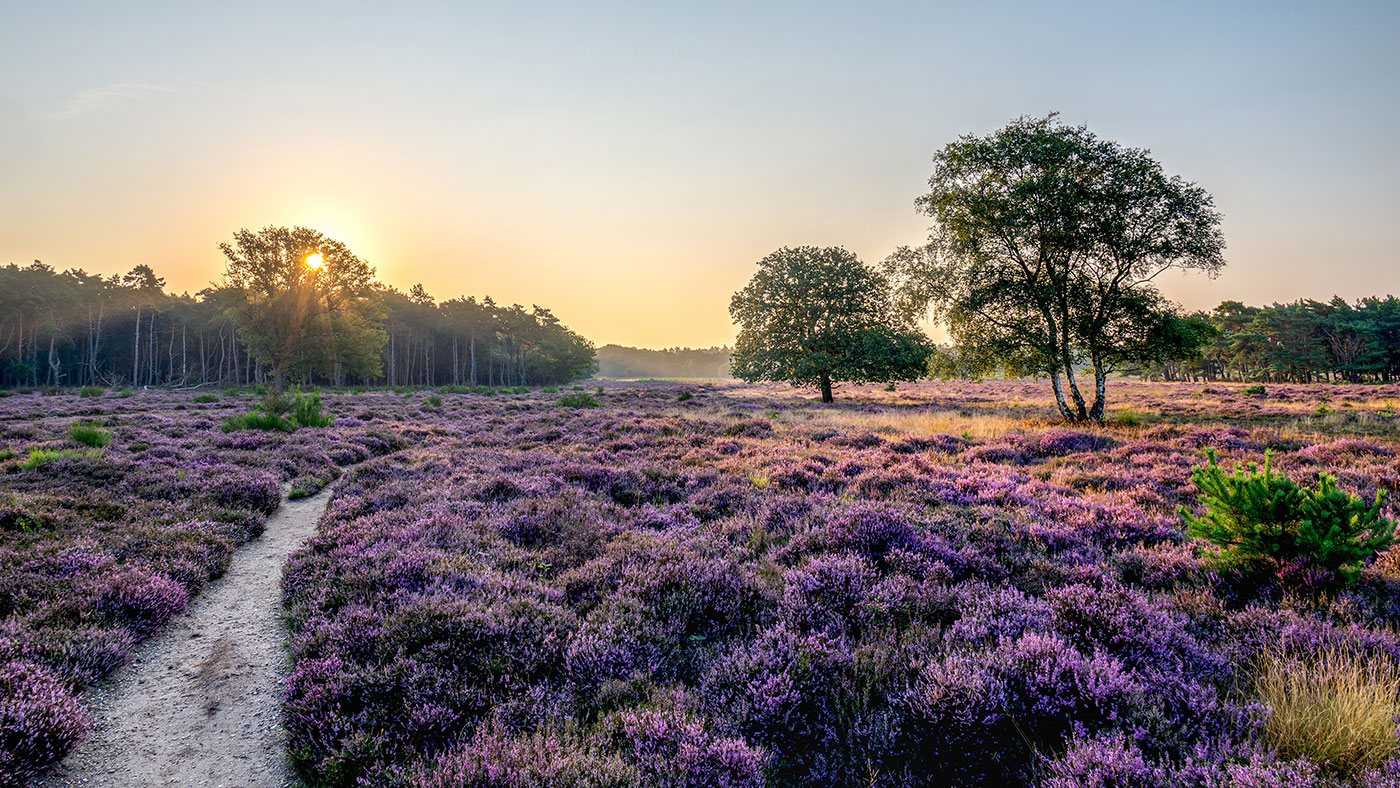 Image by Jan Bakker, iStock
Image by Jan Bakker, iStock
The Design Process: From Concept to Rendered Image
Initial Design Concept and Planning
Every landscape project starts with an initial design concept. This phase involves brainstorming ideas, sketching layouts, and defining the overall vision for the space. Key considerations include the selection of plants, including palm trees, trees, shrubs, and other natural elements, as well as the placement of structures, pathways, and water features. The design process is iterative, with constant refinement based on feedback from clients and stakeholders.
Creating Detailed 3D Landscape Models
Once the design concept is finalized, the next step is to create detailed 3D models of the landscape. This involves using specialized software to build accurate representations of the terrain, vegetation, and man-made elements. Tools like AutoCAD, SketchUp, and Rhino are commonly used for this purpose. These models serve as the foundation for the rendering process, allowing artists to experiment with different design options and perspectives.
Choosing the Right Rendering Tool
Selecting the right rendering tool is critical for achieving high-quality results. Popular rendering engines like V-Ray, Lumion, and Unreal Engine offer a range of features that cater to different needs. V-Ray is known for its photorealistic capabilities, making it ideal for projects that require extreme realism. Lumion excels in real-time rendering, allowing users to see changes instantly, which is particularly useful during the design process. Unreal Engine, originally developed for gaming, has become a favorite among 3D artists for its powerful rendering capabilities and robust library of assets.
Lighting Effects and Conditions
Lighting is a crucial aspect of landscape rendering, as it significantly impacts the visual appeal and realism of the final image. Artists must consider the time of day, weather conditions, and the interplay of natural and artificial light sources. Properly executed lighting effects can highlight key features of the design and create a sense of depth and atmosphere. Tools like V-Ray and Lumion offer advanced lighting options, allowing artists to experiment with different setups to achieve the desired effect.
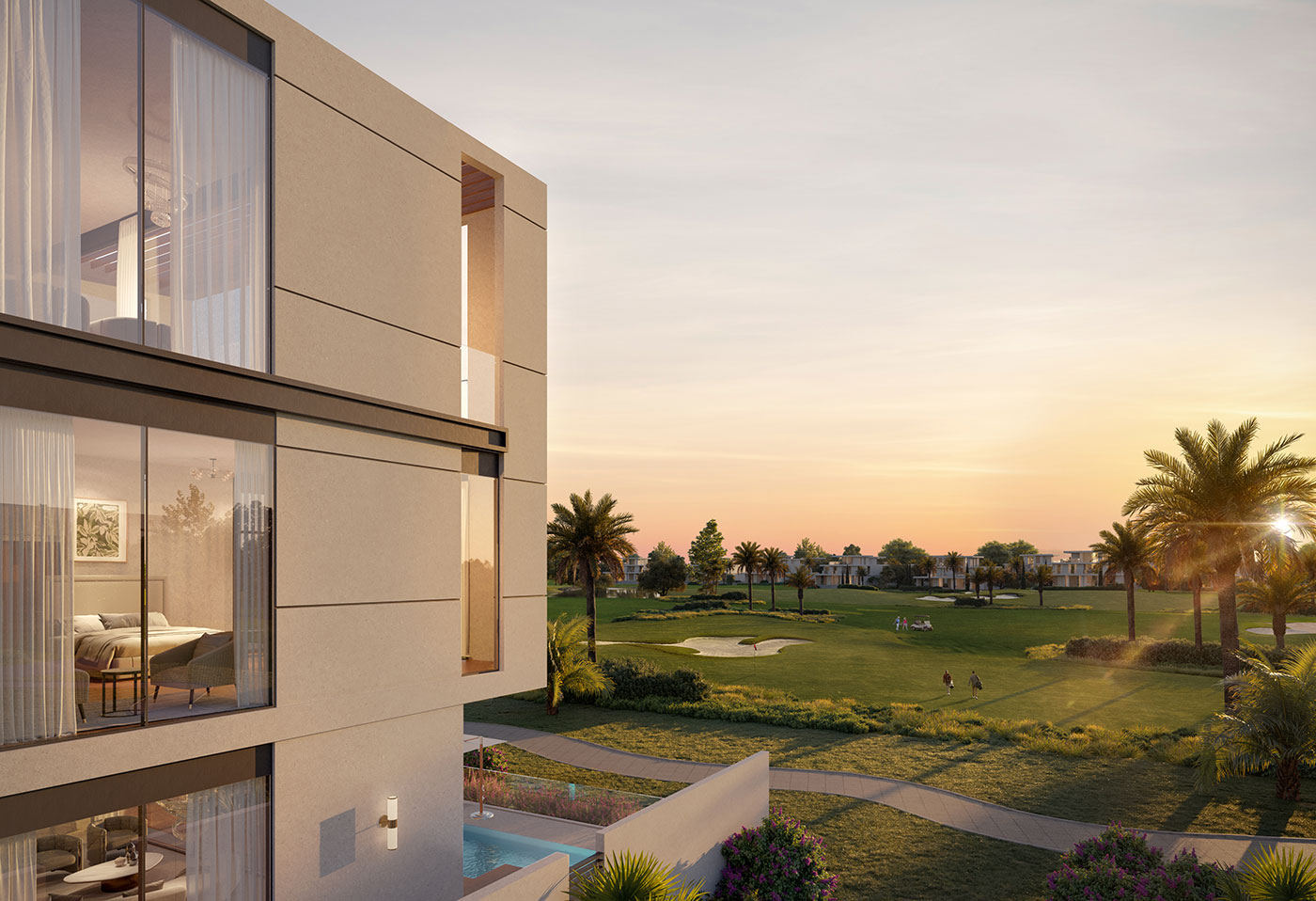 Created by Arqsix
Created by Arqsix
Techniques for Creating Realistic Landscape Renderings
Incorporating Natural Elements
To create realistic landscape renderings, it’s essential to accurately depict natural elements like trees, plants, water bodies, and terrain variations. Incorporating a wide range of vegetation assets, including palm trees, can enhance the realism of landscape renderings. Using high-quality textures and models can make a significant difference in the final result. Artists often rely on a combination of photo references and 3D assets to achieve this level of detail. Additionally, tools like SpeedTree can be used to generate realistic vegetation models that add depth and authenticity to the scene.
Enhancing Visual Appeal with Detailed Textures
Textures play a vital role in making landscape renderings look lifelike. Detailed textures for surfaces like soil, grass, water, and stone help create a believable environment. It's important to use high-resolution textures and apply them correctly to ensure they enhance the overall look of the scene. Software like Substance Painter and Photoshop can be used to create custom textures that match the specific requirements of a project.
Utilizing Real-Time Rendering for Iterative Design
Real-time rendering has revolutionized the way landscape projects are developed. By allowing artists to see immediate feedback on their changes, real-time rendering tools like Lumion and Unreal Engine enable a more iterative design process. This not only speeds up the workflow but also helps in making more informed decisions about design choices. Real-time rendering is particularly beneficial when working with clients, as it allows them to see the impact of their feedback in real-time.
Applying Post-Processing Effects
Post-processing is the final step in the rendering pipeline, where artists enhance their images with effects like color correction, depth of field, and motion blur. These effects can add a professional touch to the rendered image and help convey the intended mood and atmosphere. Software like Photoshop and After Effects are commonly used for post-processing, allowing artists to fine-tune their renderings to perfection.
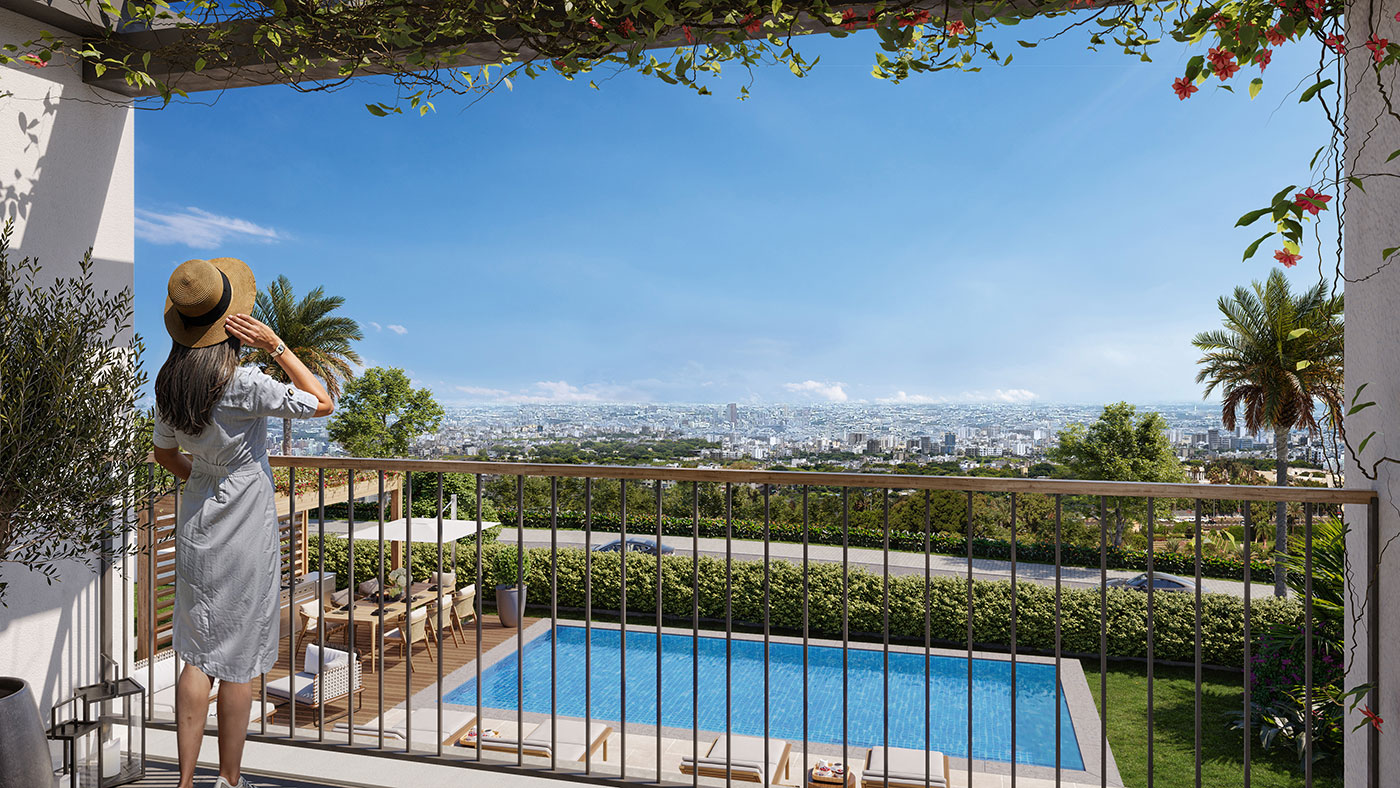
The Benefits of Landscape Rendering for 3D Artists
Communicating Design Ideas Effectively
One of the primary benefits of landscape rendering is the ability to communicate design ideas effectively. Rendered images provide a clear and detailed representation of the proposed design, making it easier for clients and stakeholders to understand the vision. This visual clarity helps in securing approvals and moving projects forward.
Allowing Clients to Make Informed Decisions
By providing realistic renderings, landscape designers can help clients make informed decisions about their projects. Clients can see how different design options will look in real life, allowing them to choose the one that best fits their needs and preferences. This transparency builds trust and ensures that the final result aligns with the client's expectations.
Enhancing the Visual Appeal of Portfolios
High-quality landscape renderings can significantly enhance the visual appeal of a 3D artist's portfolio. By showcasing their ability to create realistic and visually stunning outdoor spaces, artists can attract potential clients and stand out in a competitive industry. A strong portfolio with impressive renderings can open doors to new opportunities and projects.
Streamlining the Design Process
Landscape rendering tools streamline the design process by providing a platform for experimentation and refinement. Artists can quickly test different design options, materials, and lighting conditions, making it easier to arrive at the best solution. This efficiency saves time and resources, allowing artists to focus on creativity and innovation.
Essential Tools for Landscape Rendering
V-Ray
V-Ray is a powerful rendering engine known for its photorealistic capabilities. It's widely used in the architecture and landscape design industries for its ability to produce high-quality images with intricate details and accurate lighting effects. V-Ray offers a range of features that cater to different needs, making it a versatile choice for 3D artists.
Lumion
Lumion is a real-time rendering tool that excels in speed and ease of use. It's particularly popular among landscape designers for its ability to produce stunning visuals quickly. Lumion's real-time rendering capabilities allow users to see immediate feedback on their changes, making it a valuable tool for iterative design processes.
Unreal Engine
Originally developed for gaming, Unreal Engine has become a favorite among 3D artists for its powerful rendering capabilities. It offers a robust library of assets and advanced lighting options, making it ideal for creating realistic and immersive landscapes. Unreal Engine's versatility and performance make it a top choice for complex landscape projects.
SpeedTree
SpeedTree is a specialized tool for creating realistic vegetation models. It's widely used in the film, game, and landscape design industries for its ability to generate high-quality trees, plants, and shrubs. SpeedTree's procedural modeling capabilities allow artists to create diverse and detailed vegetation that enhances the realism of their scenes.
AutoCAD and SketchUp
AutoCAD and SketchUp are essential tools for creating detailed 3D models of landscape designs. These software applications offer a range of features that cater to the needs of landscape architects and designers. By providing accurate representations of the terrain, structures, and natural elements, AutoCAD and SketchUp serve as the foundation for the rendering process.
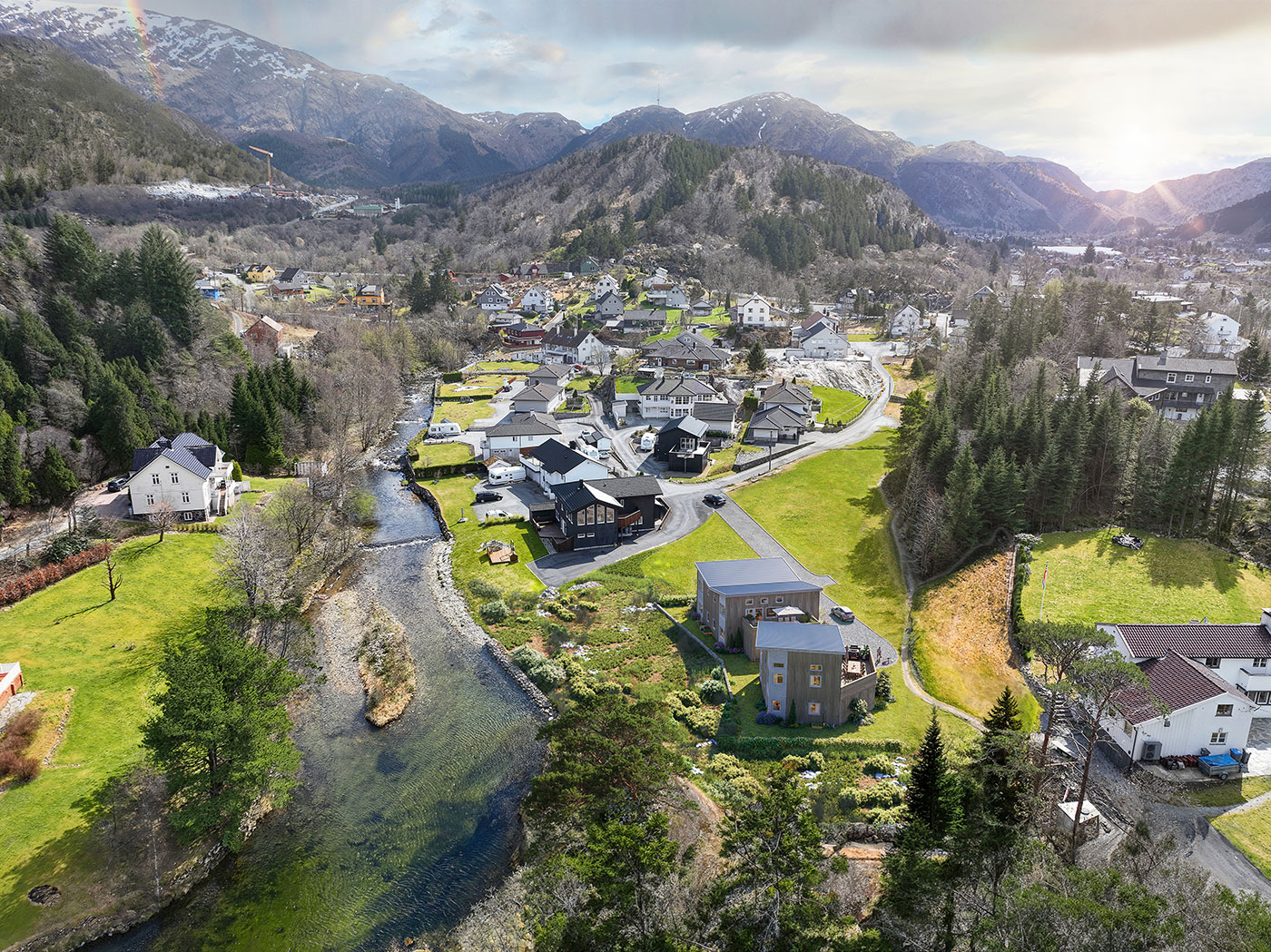 Created by Arqsix
Created by Arqsix
Conclusion
Mastering landscape rendering is an invaluable skill for 3D artists, enabling them to create stunning and realistic outdoor spaces. By understanding the design process, utilizing the right tools, and applying advanced techniques, artists can produce renderings that effectively communicate their vision and captivate their audience. Whether you're working on landscape architecture projects, designing gardens, or creating natural environments for games and films, the ability to render landscapes with precision and creativity will set you apart in the industry.